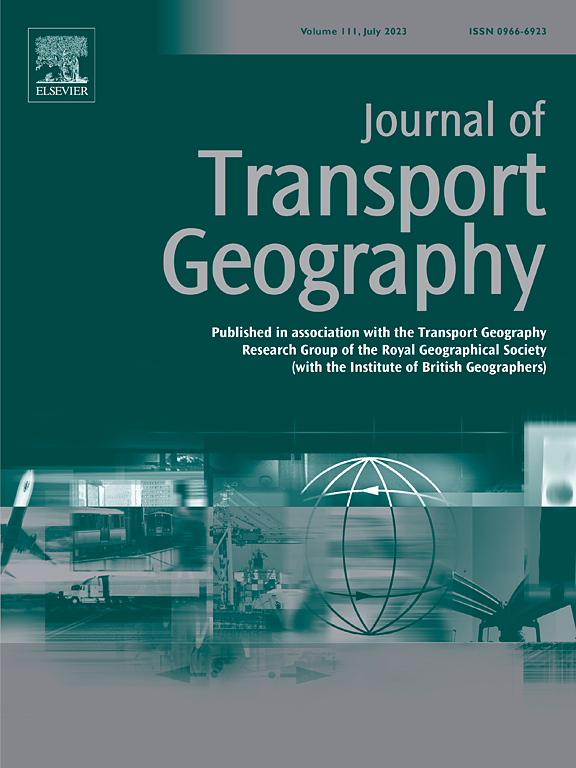Spatial drone path planning: A systematic review of parameters and algorithms
IF 5.7
2区 工程技术
Q1 ECONOMICS
引用次数: 0
Abstract
After the outbreak of COVID-19 pandemic and the increase in online shopping and e-commerce, the use of drones for logistics has sharply increased. Such an increase raises two questions: (1) What spatial parameters were used to optimize drone paths? (2) How do the algorithms used for drone path planning differ in their input information, type of vehicles and outputs? Seeking answers to these questions, this study systematically reviews the 72 studies on path planning of logistic drones. We identify seven types of strategic design factors – i.e. spatial parameters of drone path optimisation: (i) demand, (ii) climate, (iii) infrastructure, (iv) regulations, (v) safety, (vi) public acceptance and (vii) drone technology. We also identified three properties differentiating algorithms used for spatial allocation of drone paths, i.e. tactical design factors: (i) input information types – i.e. static vs. dynamic; (ii) vehicle type – i.e. drone-only vs. drone-vehicle models; (iii) solution types - i.e. single solution vs multiple solutions. Lastly, the implications of these findings are discussed in light of expected technological developments in AI and battery endurance, and conclusions on future spatial planning systems embracing drone-based logistics are made.
空间无人机路径规划:参数和算法的系统回顾
新冠肺炎疫情爆发后,随着网上购物和电子商务的增加,无人机在物流领域的使用急剧增加。这样的增长提出了两个问题:(1)使用什么空间参数来优化无人机路径?(2)用于无人机路径规划的算法在输入信息、车辆类型和输出方面有何不同?为了寻找这些问题的答案,本研究系统地回顾了72项关于物流无人机路径规划的研究。我们确定了七种战略设计因素-即无人机路径优化的空间参数:(i)需求,(ii)气候,(iii)基础设施,(iv)法规,(v)安全,(vi)公众接受度和(vii)无人机技术。我们还确定了用于无人机路径空间分配的三个属性区分算法,即战术设计因素:(i)输入信息类型-即静态与动态;(ii)车辆类型-即仅无人机与无人机车辆模型;(iii)溶液类型-即单个溶液vs多个溶液。最后,根据人工智能和电池续航能力的预期技术发展,讨论了这些发现的含义,并得出了包含无人机物流的未来空间规划系统的结论。
本文章由计算机程序翻译,如有差异,请以英文原文为准。
求助全文
约1分钟内获得全文
求助全文
来源期刊

Journal of Transport Geography
Multiple-
CiteScore
11.50
自引率
11.50%
发文量
197
期刊介绍:
A major resurgence has occurred in transport geography in the wake of political and policy changes, huge transport infrastructure projects and responses to urban traffic congestion. The Journal of Transport Geography provides a central focus for developments in this rapidly expanding sub-discipline.
 求助内容:
求助内容: 应助结果提醒方式:
应助结果提醒方式:


